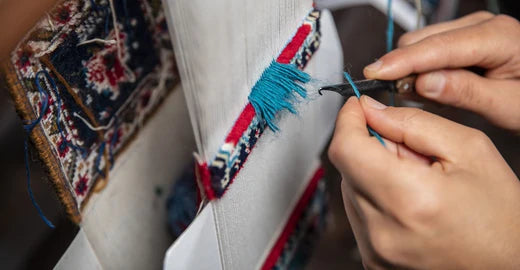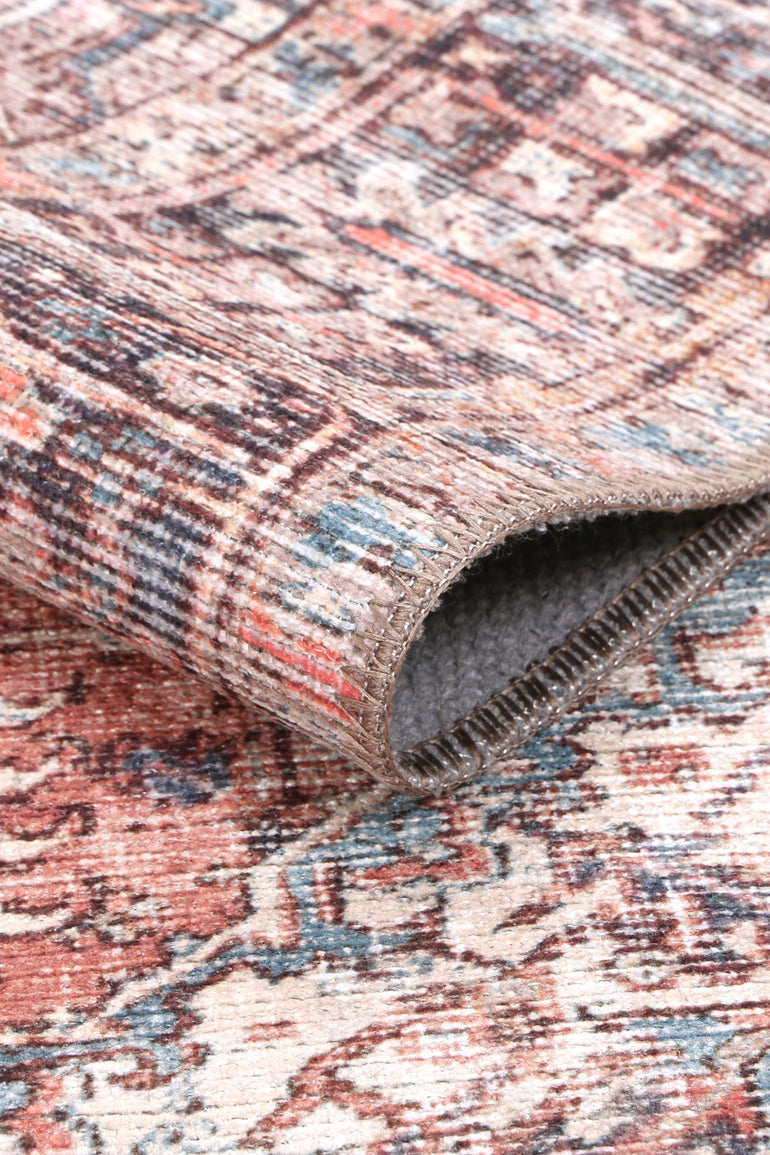Behind the Scenes - The Story of Rug Making - The Rug Collective

The process of making a rug involves several steps, and the specific methods can vary based on the type of rug, the materials used, and the cultural or regional traditions. Let's get into the general overview of how a rug is typically made:
Material Selection:
Rugs can be made from various materials, including wool, silk, cotton, jute, and synthetic fibers. The choice of material depends on factors such as durability, texture, and intended use.
Design and Pattern Creation:
The design of the rug is an essential aspect. Some rugs feature intricate patterns and motifs that are culturally or artistically significant. Designers create a visual representation of the rug's pattern and colors.
Yarn Preparation:
For hand-knotted rugs, the yarn is prepared by spinning and dyeing. Natural or synthetic dyes may be used, and the yarn is often treated to achieve the desired colors.
Warps and Wefts:
The foundation of the rug consists of vertical warp threads and horizontal weft threads. The warp is the framework, and the weft threads are woven in and out of the warps to create the structure.
Hand-Knotting (for Hand-Knotted Rugs):
This is a labor-intensive process where individual knots are tied around pairs of warp threads. The density of knots and the skill of the weaver contribute to the rug's quality and durability. Hand-knotted rugs often have a higher level of detail and complexity.
Tufting (for Tufted Rugs):
Tufted rugs are created by pushing loops of yarn through a backing material and then securing them with latex. The loops are either left as is for a loop pile rug or cut to create a plush pile. Tufted rugs can be made more quickly than hand-knotted rugs.
Weaving (for Flatweave Rugs):
Flatweave rugs, such as Kilims or Dhurries, are made on a loom without knots. The weft threads are passed through the warp threads to create a flat, reversible surface. Flatweave rugs are typically thinner and well-suited for casual settings.
Washing and Finishing:
After the weaving or tufting process, the rug is thoroughly washed to remove any residual dirt, oils, or dyes. This step enhances the colors and softens the texture. The rug may then be stretched and dried.
Trimming and Shearing:
Excess yarn or pile is trimmed to create an even surface. In hand-knotted rugs, this step can enhance the definition of the design. The rug may also undergo shearing to achieve a consistent pile height.
Binding and Fringing:
The edges of the rug are bound to prevent unraveling. The fringes are often left as a traditional or decorative element, or they may be secured with an additional binding.
Quality Control:
The finished rug undergoes a thorough inspection for any defects, ensuring that it meets quality standards before being shipped to you.
We hope that after understanding the craftsmanship involved in rug making can help you appreciate the skill and artistry behind these beautiful and functional pieces.
TAGS:
SHARE:

